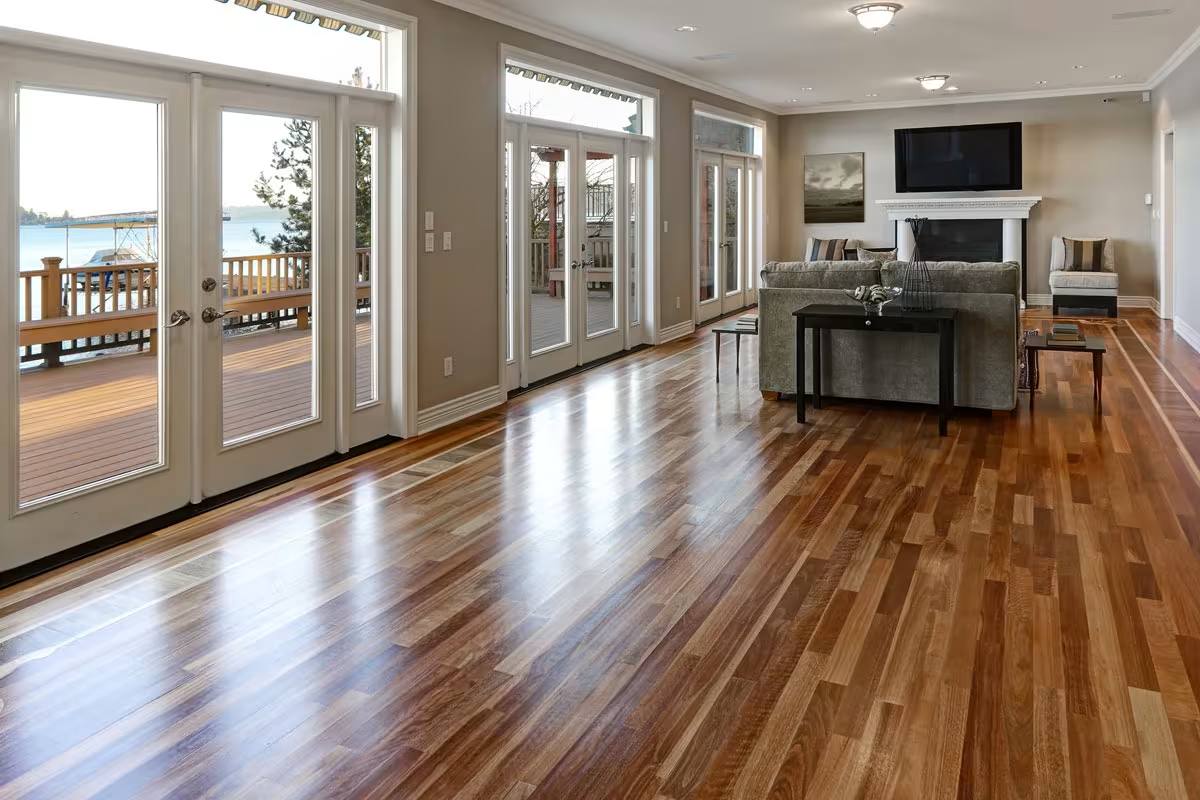Decorating your home also means you are allowed to choose whatever you like when it comes to decor – be it decorative fabrics, painting or furniture – but you also don’t want to forget about the floors.
Bamboo furniture is the choice for the eco-chic because it delivers environmental and aesthetic benefits, thus being stylish and lasting. What’s more, its enzymes have antimicrobial properties that make it effective at cleansing the air of household allergens like dust mites and mould spores, which we unknowingly breathe in every day.
It’s Eco-Friendly
One obvious benefit of using bamboo as a flooring material is that bamboo floors offer sustainable home owners a slew of benefits to the planet, their homes and their wallets – faster-growing renewable materials with fewer environmental impacts than traditional hardwoods. Be aware that bamboo furniture is only moisture resistant and not waterproof – though more resistant than the majority of hardwoods. Being a grass, bamboo may be affected by extreme climate changes and humid climates; therefore it should be stored only in rooms that will not be affected by such issues. Some varieties of bamboo flooring emit small amounts of formaldehyde, a Volatile Organic Compound (VOC) that can adversely affect indoor air quality. Search for bamboo products that produce no formaldehyde emissions, including several varieties of solid and engineered bamboo flooring available at local building-supply stores or online retailers. Look for VOC-free certification.
It’s Durable
Bamboo is incredibly resilient to a lot of wear and tear, and gets even more rustic and charming in a home when it’s distressed or textured. Bamboo flooring is a green building material. You can harvest it stalk by stalk, without clear-cutting, and it regenerates in as little as five years, making it a highly renewable resource. But bamboo can become not-so-green if it’s tainted by pesticides, fertilisers and adhesives containing formaldehyde – a miasma of contaminants that will turn an onion-in-its-field ethos into the environmental equivalent of cheese-flavoured gummies before you finish installing it. High-quality bamboo today will often have very few formaldehyde-derived adhesives and finishes (it must bear the FloorScore and GREENGUARD certifications so that biochemicals cannot be released into the surface of the floor — especially if where you’re installing it is a basement, kitchen, or a floor that gets a lot of foot-traffic.
It’s Versatile
Because it is naturally durable and heavy, bamboo makes an ideal flooring choice for today’s style-conscious households that care about minimising their ecological footprint. With a host of finishes and grain patterns to suit both contemporary and modern interiors, bamboo flooring is a highly adaptable choice. Bamboo is aesthetic and yet highly sustainable, as it equates the sustainability of hardwood trees, and its regenerative growth process. When polls are taken, its life cycle is almost equal to the trees, and its footprint (depends country-by-country: but) lessens greatly if harvested every 3-5 years. Whatever type of flooring you want – whether it’s horizontal or vertical planks, engineered with veneer layers or strand-woven for greater durability – bamboo is up to the task. These floors can also be built to emit very low VOCs – volatile organic compounds, the chemicals you don’t even want to think about entering your home.
It’s Affordable
It’s a fraction of the cost of hardwoods, and it looks just as awesome. Bamboo is also tough and can be refinished like wooden floors. But wait, not all bamboo is created equal. Certain types give off formaldehyde, a known carcinogen, into your indoor environment. To be on the safe side, invest in independent certification such as GREENGUARD or FloorScore, which they can obtain at www.greenguard.org or www.floorscore.com. Both demand strict off-gassing performance. There are three main varieties of bamboo flooring: vertical-grain strip, which is the most popular style — simply a narrow strip of flat bamboo glued together to form a plank; strand-woven (a rip-roaring name, for sure) is a combination of rough core material and a veneer of bamboo on top; and engineered is similar, a composite of bamboo fibres bound by resins and bonding agents. As if all that’s not pristine environmental enough, bamboo is a renewable resource and, most heartening of all, unlike mature wood species that can take decades to grow, bamboo is harvestable every few years.
It’s Easy to Maintain
Bamboo floors are relatively easy to maintain – sweep and vacuum regularly to keep the entire surface clean, or wipe up spills with a slightly damp cloth or mop. To safeguard against excess water damage by spills, moisture monitors might be needed in wet areas like basements and bathrooms. With a range of colours and plank styles, bamboo floors are a versatile natural alternative to hardwood flooring. In addition, these eco-friendly floors are cheap: a homeowner has no excuse for not giving top priority to saving the planet while still being fashionable! But bamboo floors should be bought only from trustworthy dealers who make sure that they were harvested by following certified sustainable forest practices. It certainly behooves everyone to seek FSC certification.
